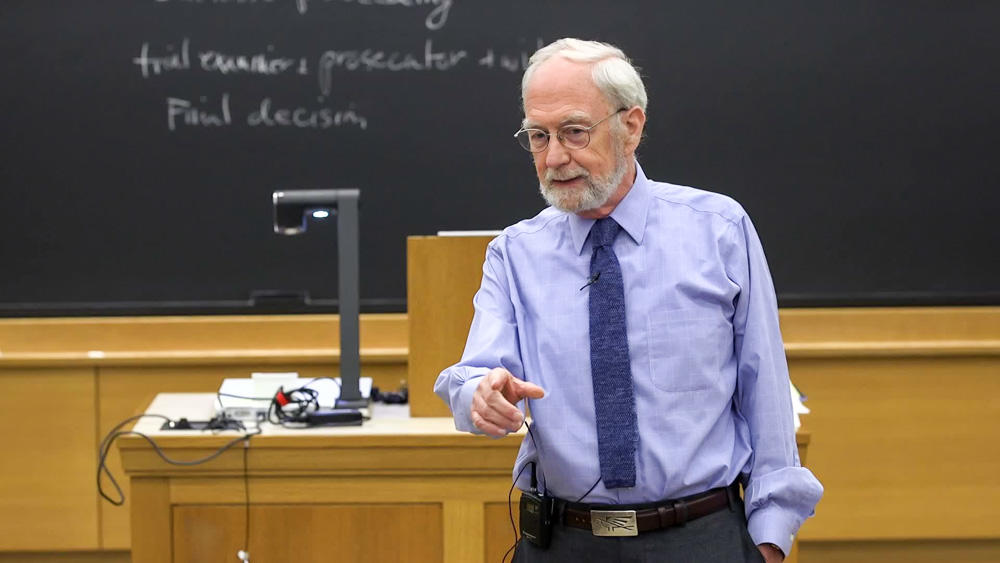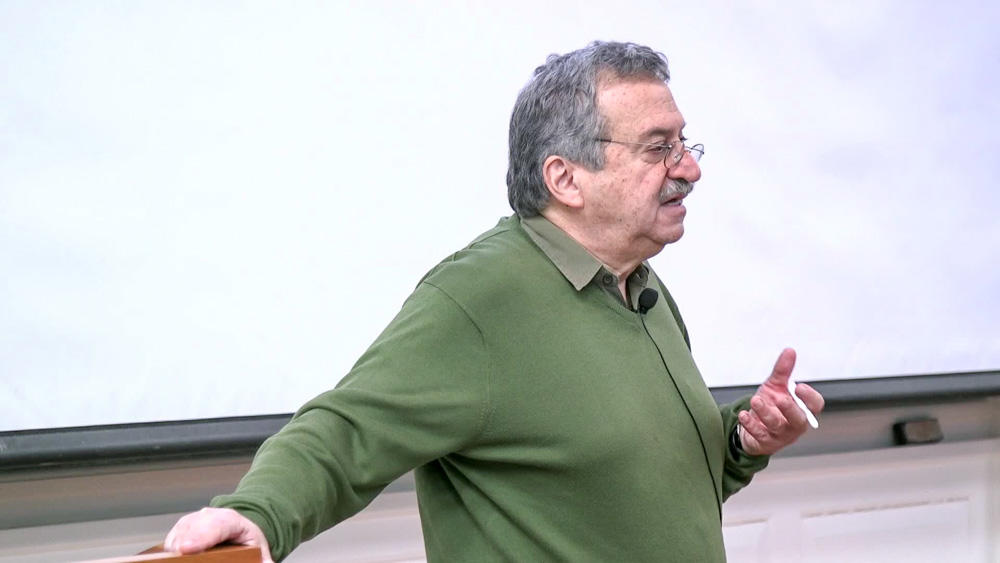Some instructors design lectures that simply telegraph answers to students. While there are certainly cases where it makes sense to deliver answers this way, a wholesale dependence on this approach will likely mute students’ drive to discover answers for themselves, resulting in a class of students who depend on you rather than on themselves to solve problems. Infusing lectures with questions that spark students toward self-discovery, however, can help to foster more productive, interactive learning spaces. Paola Arlotta uses leading and “prodding” questions to help students uncover connections in the content rather than just stating those connections herself. In this video, she discusses how Socratic-style questioning invites students into a conversation that is more generative and lively than a traditional teacher-centered lecture.
Asking questions that push students to discover information for themselves
Instructor
Paola Arlotta, Professor of Stem Cell and Regenerative Biology
Student Group
Undergraduate
School
Harvard College
Course
Got (New) Brain? The Evolution of Brain Regeneration
Group Size
22 students
The Socratic method allows students to practice retrieval and reconstruction of knowledge. Karpicke and Blunt demonstrate the effectiveness of retrieval practice in the science classroom, when compared to other comparable learning activities (2011).
- Ask probing questions about the course’s core ideas to deepen students’ understanding. You might ask them to clarify their reasoning, support an idea with evidence, or draw broader inferences.
- Be purposeful in your questioning; don’t ask questions just for the sake of asking questions. Rather, use questions to guide students to your desired endpoint.
- Rich source material begets rich conversation. Students should grapple with meaningful course texts before class to ensure they have plenty to say in class.
- Play devil’s advocate. Push back on ideas to test students’ theories and require thorough support.
- Carleton College’s geoscience department shares an “Annotated Example of Socratic Questioning” with sample student responses
- An article from College Teaching explores the benefits of and approaches to the Socratic method




